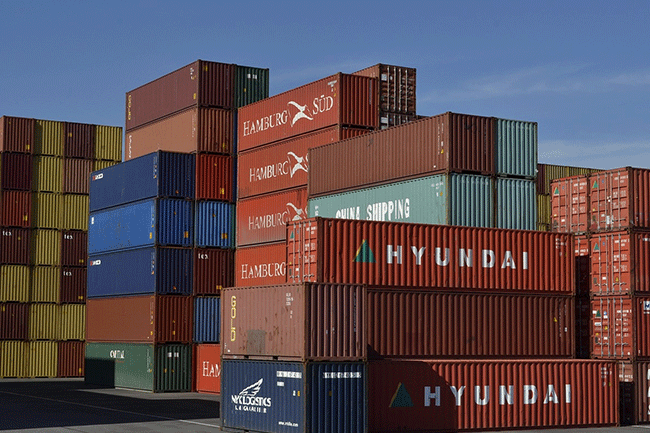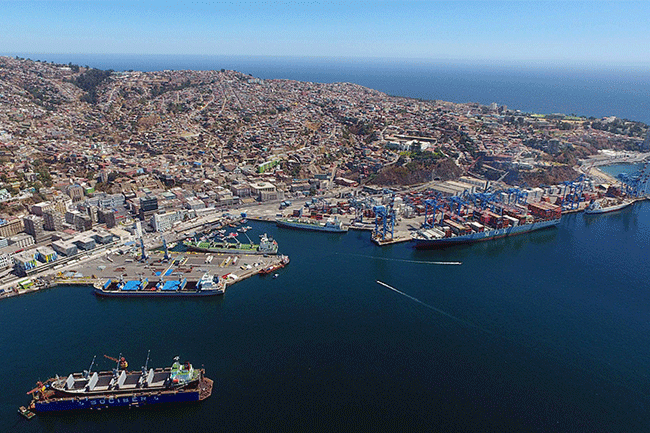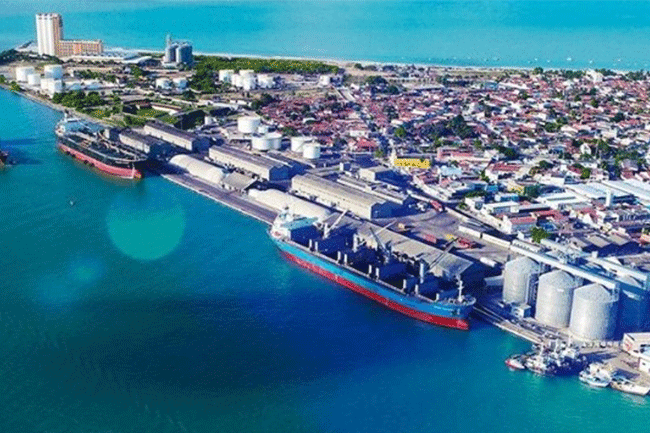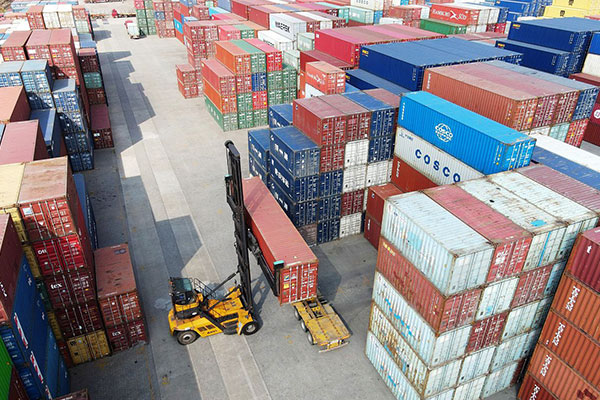- Shanghai Zhongshen International Trading Co., Ltd. – Your reliable partner with 20 years of import/export agency service expertise.

I. Italian Cake Import Trade: A Market Window Where Opportunities and Challenges Coexist
In recent years, as domestic consumption has upgraded, the high-end baking market has grown at an annual rate of over 12%. Italian artisanal cakes, with their labels of “premium ingredients + traditional craftsmanship,” have become a hot category among imported foods. From a trade perspective,China-Europe Railway ExpressIts regularized operation (over 16,000 trains launched in 2023) and the expanded AEO mutual-recognition area (now covering all 27 EU countries) have provided Italy’s cake imports with both logistics and customs-clearance convenience. At the same time, the EU’s General Food Law (EC 178/2002) sets strict standards for microbiological indices and additive use in exported food, while China’s GACC Order No. 248 (Administrative Provisions on the Registration of Overseas Food Production Enterprises for Imported Food) requires overseas producers to complete registration—creating a dual compliance threshold forImport Agent Servicessets high standards for professionalism.
II. Core Competencies of Import Agency: End-to-End Control of Documentation and Logistics
(I) Document Processing: The “Digital Pass” for Compliant Customs Clearance
Importing Italian cakes requires 12 categories of core documents—none can be omitted: Commercial Invoice (must state FOB price, freight, and insurance), Packing List (must specify net/gross weight and dimensions of each carton),Maritime transportBill of Lading (telex release or original, must match the booking information), Italian Official Health Certificate (issued by the Ministero delle Politiche Agricole Alimentari e Forestali, stating “Complies with Chinese import food requirements”),Origin Certificate(Form E is not mandatory, but it is recommended to apply for an EU origin declaration to enjoy the most-favored-nation tariff rate), component analysis report (sugar, fat, allergen information), Chinese label sample (must be filed, marked “Country of Origin: Italy” and “Domestic Agent Information”), overseas manufacturer registration number for imported food (must be pre-registered with the GACC’s “Imported FoodCosmetics“Importer Filing” system for validity verification), trade contract (with explicit quality clauses: e.g., total plate count ≤10,000 CFU/g), insurance policy (covering the entire transit period, including an additional clause for refrigerated cargo), customs declaration authorization letter (for use by customs brokers only), and the Entry Cargo Clearance Notice (automatically generated after electronic customs clearance).
The professionalism of our agency team is embodied in the “triple review and triple verification” process: First review checks document logic (e.g., deviation between bill-of-lading weight and packing list ≤0.5%); second review verifies official endorsements (health certificates must bear the Italian Ministry of Agriculture’s perforation seal); third review confirms label compliance (allergens must be highlighted in bold Chinese). Triple verification means confirming with the client (to prevent cargo-description errors), cross-checking with the carrier (bill-of-lading data), and pre-entering into the customs system (validation before Single Window declaration).
(II) Logistics Management: The “Temperature Lifeline” of Cold-Chain Transportation
Italian cakes are rich in perishable ingredients such as cream and cheese and must be kept at a controlled temperature (2–8 °C) throughout the journey; the logistics plan directly determines product quality. The agency team typically adopts a “Air freight"Sea-freight cold chain as a supplement" strategy:
- Air Freight: Suitable for small-volume, high-value orders (e.g., holiday limited editions). Choose airlines such as Lufthansa or Air France that hold DGR (Dangerous Goods Regulations) certification. When booking space, explicitly specify “Reefer Cargo” (refrigerated goods) and request the TACT (International Air Transport Association) temperature-controlled carriage terms.
- Ocean freight: For large-volume purchases (e.g., quarterly restocking by bakery chains), use 40-ft reefer containers. Reserve reefer slots in advance with carriers like Maersk and MSC. Install a temperature recorder (TRU) that auto-uploads data every two hours. Complete “advance declaration” three days before arrival (customs filing is possible as soon as the manifest is transmitted), ensuring customs clearance within 48 hours to prevent temperature excursions caused by port delays.
In addition, the agency team will connect to the “Cold-Chain Logistics Monitoring Platform” to view the container’s GPS location and temperature curve in real time. If any anomaly occurs (e.g., temperature >10 °C for 30 consecutive minutes), the emergency response plan will be activated immediately (contact the destination-port customs for priority inspection and coordinate a backup cold-storage facility).
III. Expansion of Business with Russia: VTBConvert foreign exchange into RMB's "Cross-Border Payment Accelerator"
Some customers source Italian cakes via Russian re-exports or by partnering directly with Russian traders (e.g., through high-end supermarket channels in Moscow), in which case VTB Bank (Russiaforeign tradeThe bank’s foreign-exchange settlement advantages are significant:
First, the settlement channel is stable—VTB, as a systemically important bank in Russia, retains partial SWIFT connectivity and supports dual-currency settlement in EUR and RUB, mitigating the risk of payment disruption caused by international sanctions. Second, FX cost optimization—our agency team can help clients lock in exchange rates through VTB’s “forward FX settlement” product (e.g., a three-month forward contract to hedge RUB volatility). Third, efficient document matching—VTB’s trade-document review standards align with international practice (e.g., accepting an FCR cargo receipt in lieu of a bill of lading), and with our agency team’s pre-processing of documents, the payment cycle can be shortened to T+3 days (traditional banks require T+7).
IV. End-to-End Operations: A 9-Step Field Guide from Consultation to Delivery
(I) Customer Consultation: Precisely Identifying Needs
Key confirmations: product type (pre-packaged cake / raw cake base), core ingredients (presence of nuts/dairy, which affects HS codes: pre-packaged cake falls under 1905.9000, while those containing dairy fat fall under 0405.9000), target market (B2B bakeries require bulk packaging, B2C e-commerce needs small, individually wrapped portions), and special requirements (e.g., organic certification—must provide the Italian organic production certificate).
(II) Negotiation and Contracting: Refinement of Risk Clauses
It is recommended to use the trade term CIF (Cost, Insurance and Freight), with the agent handling both transportation and insurance to reduce the customer’s operational burden. The quality clause must specify an “on-arrival inspection standard” (e.g., total plate count ≤ 5,000 CFU/g; cargo will be rejected if the level exceeds China’s national standard). Dispute resolution should be referred to the China International Economic and Trade Arbitration Commission to avoid the risks of overseas litigation.
(3) Orders & Payment: Flexible Combination of Payment Methods
For small orders (≤USD 50,000), we recommend 30% T/T in advance and 70% upon arrival at the port; for large orders (>USD 100,000), use L/C (?L/C?), the agency team will review the L/C terms (for example, the "latest shipment date" must allow a 15-day production buffer) and present the documents through VTB Bank to ensure “consistency between documents and between documents and the credit.”
(4) Production Oversight: Quality Control at the Source
The agent team will station an on-site QC (Quality Controller) at the factory to verify raw-material traceability (e.g., flour must carry certification from the Italian Grain Association), production records (production time, temperature, and additive dosage for every batch), and packaging compliance (must meet China’s GB 7718 General Rules for the Labeling of Prepackaged Foods), while filming the production process for retention (as supplementary proof during customs clearance).
(5) Customs Compliance: Intelligent Declaration for Cost Reduction and Efficiency Gains
Pre-enter the customs declaration data through the “Single Window” system, focusing on verifying the HS code (1905.9000, MFN duty rate 15%, VAT 13%), origin (confirm Italy as the country of origin to benefit from the preferential tariff), and quantity (gross weight must match the bill of lading). If the client is an AEO enterprise, it can enjoy the facilitation of “priority inspection and release against guarantee,” cutting clearance time by 40%.
(6) Delivery and Quality Assurance: Quality Control for the Last Mile
After the cargo arrives at the port, the agent team coordinates the customs inspection (samples are sent to the CIQ lab for testing, covering microbiology, additives, and heavy metals). Once cleared, the goods are moved to a GSP-certified cold-storage facility for temporary holding. During distribution, the team interfaces with JD Cold Chain, SF Cold Transport, etc., requiring a “temperature-compliance report” (end-to-end temperature ≤8 °C). Upon delivery, the customer must sign a “receipt confirmation form” stating that appearance and temperature are normal.
V. Certification Reminder: Compliance steps that the customer must complete on their own
Special note: Our company does not directly provide certification services, but we can assist in reviewing the validity of documents. Customers must complete the following certifications on their own:
- Italian export side: Apply to the Italian Ministry of Agricultural, Food and Forestry Policies for the "Export Food Hygiene Certificate" (the manufacturing enterprise must provide ISO 22000 certification) and have the "Free Sale Certificate" apostilled (for use in China);
- China Import Side: Log in to the GACC “Importer Filing System for Imported Food and Cosmetics,” complete the importer filing (submit business license and food operation license); overseas production enterprises must register in the “Registration System for Overseas Food Production Enterprises for Import” (registration category: food).
If the customer fails to complete registration in advance, the cargo may be held up at the port (demurrage charges of approximately USD 500–1,000 per day); it is recommended to initiate the registration process at least 60 days ahead.
Conclusion: Importing Italian cakes is a trade scenario where “details make or break the deal.” From document review to cold-chain monitoring, from FX settlement optimization to compliance alerts, the value of a professional agency lies in standardizing complex procedures and front-loading risk points. Only by choosing an agent with 20 years of experience can you enjoy market dividends while keeping trade risks firmly under control.
? 2025. All Rights Reserved.










